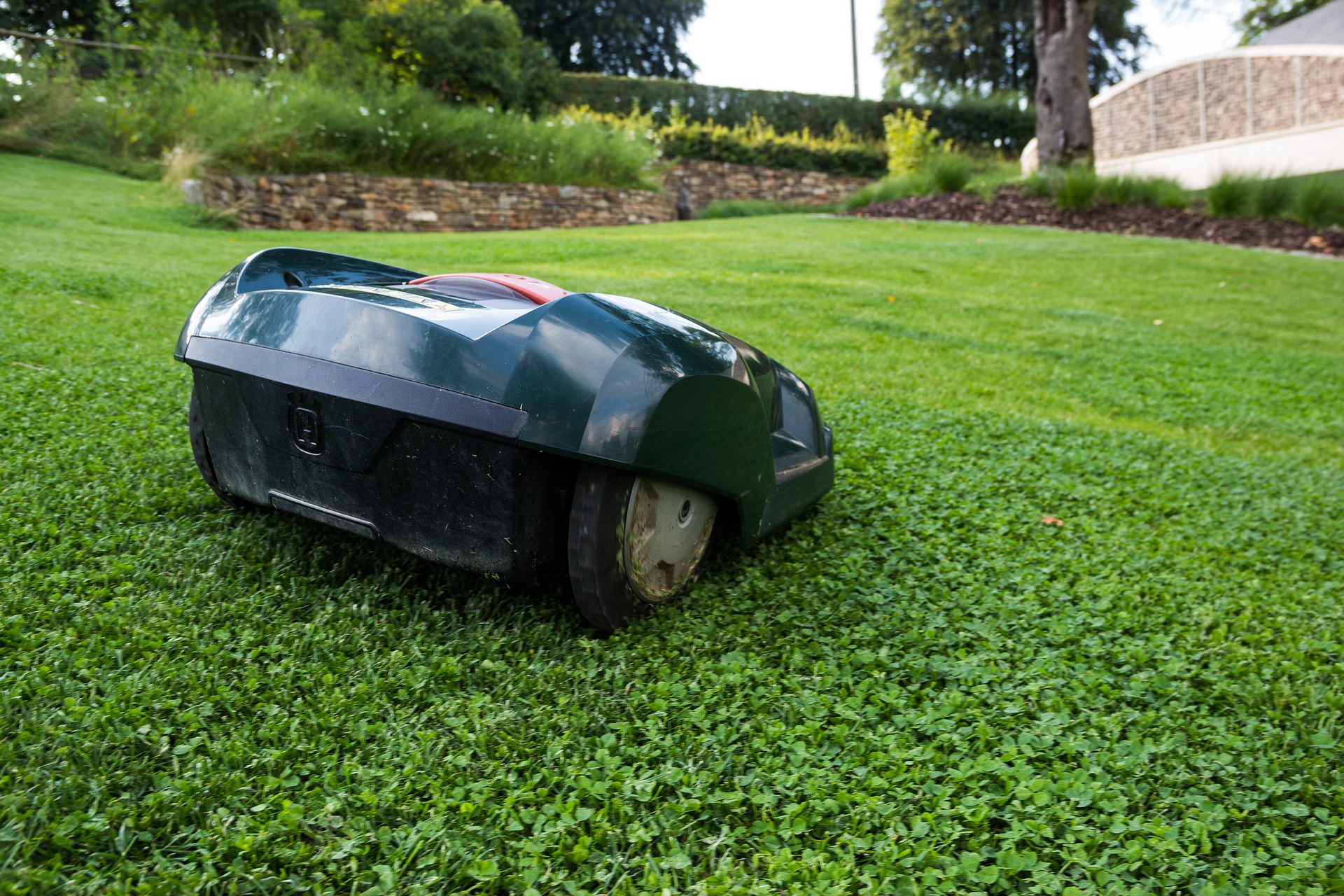Are Robot Lawn Mowers Right for Your Yard? A Practical Overview
Robot lawn mowers promise hands-free yard care, but are they really a fit for your outdoor space? From yard size and slope to grass type and budget, several factors determine whether these high-tech helpers are worth the investment. This practical guide breaks down what to consider before making the switch, so you can decide with confidence if a robot mower is the right tool for your lawn.

What yard features determine if a robot mower is suitable?
The suitability of a robot lawn mower for your yard depends on several key features. First, consider the size of your lawn. Most robot mowers are designed for small to medium-sized yards, typically up to 0.5 acres. Larger properties may require multiple units or a more powerful model. The terrain is another critical factor. Robot mowers work best on relatively flat surfaces, although some advanced models can handle slopes up to 20 degrees. If your yard has many obstacles such as trees, flower beds, or water features, you’ll need to ensure the mower can navigate around them effectively.
How do robot mowers handle different grass types and patterns?
Robot lawn mowers are designed to handle a variety of grass types, from fine fescues to coarser St. Augustine grass. However, their performance can vary depending on the specific grass characteristics. These mowers typically use a mulching technique, cutting grass into fine clippings that are left on the lawn to decompose and nourish the soil. This approach works well for most grass types but may require more frequent mowing for fast-growing varieties.
In terms of cutting patterns, robot mowers generally move in a random or spiral pattern rather than the straight lines associated with traditional mowing. While this might not produce the classic striped look, it ensures even coverage over time and can actually promote healthier grass growth by reducing soil compaction.
What’s involved in setup and day-to-day operation?
Setting up a robot lawn mower requires some initial effort, but once completed, the day-to-day operation is largely hands-off. The setup process typically involves installing a boundary wire around the perimeter of your lawn and any areas you want the mower to avoid. This wire sends signals to the mower, keeping it within the designated mowing area. Some newer models use GPS technology, which can simplify the setup process.
For daily operation, most robot mowers can be programmed to run on a schedule that suits your preferences. They automatically return to their charging stations when their batteries are low or when they’ve completed their mowing cycle. Regular maintenance tasks include cleaning the mower, sharpening or replacing blades, and occasionally adjusting the boundary wire if needed.
How do robot mower costs compare to traditional lawn care options?
When considering the cost of a robot lawn mower, it’s important to look beyond the initial purchase price and factor in long-term savings. While the upfront cost of a robot mower can be significant, ranging from $600 to $3,000 or more, these devices can potentially save money over time compared to traditional lawn care options.
Here’s a comparison of costs over a 5-year period:
| Option | Initial Cost | Annual Maintenance | 5-Year Total Cost |
|---|---|---|---|
| Robot Mower | $1,500 | $100 | $2,000 |
| Gas Mower | $300 | $150 | $1,050 |
| Professional Service | $0 | $1,200 | $6,000 |
Prices, rates, or cost estimates mentioned in this article are based on the latest available information but may change over time. Independent research is advised before making financial decisions.
While a robot mower has a higher initial cost, it can be more economical in the long run, especially when compared to hiring a professional lawn service. Additionally, robot mowers can save you time and effort, which may be valuable for busy homeowners.
What are the pros and cons of common robot mower features?
Robot lawn mowers come with various features that can enhance their functionality. GPS navigation allows for more precise mowing patterns and can eliminate the need for boundary wires in some models. App controls offer convenience, allowing you to monitor and adjust your mower’s settings remotely. However, these advanced features often come at a higher price point and may require a stable internet connection.
Boundary wires, while requiring initial setup, provide a reliable method for defining the mowing area. They’re especially useful for yards with complex layouts or areas that need protection. On the downside, they can be damaged by lawn aeration or burrowing animals, requiring occasional maintenance.
Rain sensors are a common feature that prevent mowing in wet conditions, protecting both the lawn and the mower. Some models also include anti-theft systems, which can be reassuring given the investment these devices represent.
Are there any environmental considerations with robot mowers?
Robot lawn mowers offer several environmental benefits compared to traditional gas-powered mowers. They are typically battery-operated, producing zero direct emissions and significantly less noise pollution. This makes them suitable for use at any time of day without disturbing neighbors.
The mulching technique used by robot mowers can improve soil health and reduce the need for fertilizers. Additionally, their consistent mowing schedule can promote denser, healthier grass growth, which can enhance your lawn’s ability to absorb carbon dioxide.
However, it’s worth noting that the production and disposal of batteries used in robot mowers do have environmental implications. Choosing a model with long-lasting, recyclable batteries can help mitigate this concern.
In conclusion, robot lawn mowers can be an excellent choice for homeowners with suitable yards who value convenience and are willing to make an upfront investment for long-term benefits. By carefully considering your lawn’s characteristics, your budget, and the features that matter most to you, you can determine whether a robot mower is the right fit for your yard maintenance needs.




